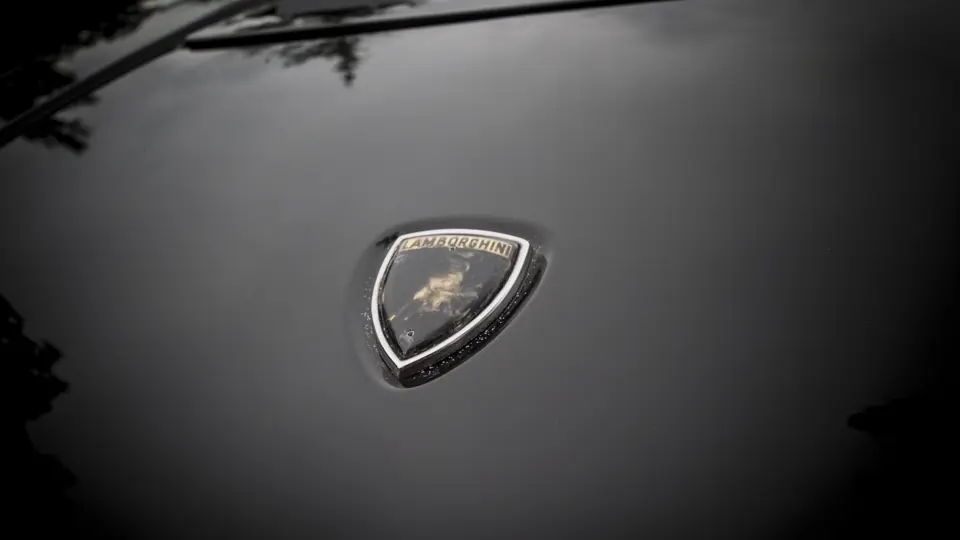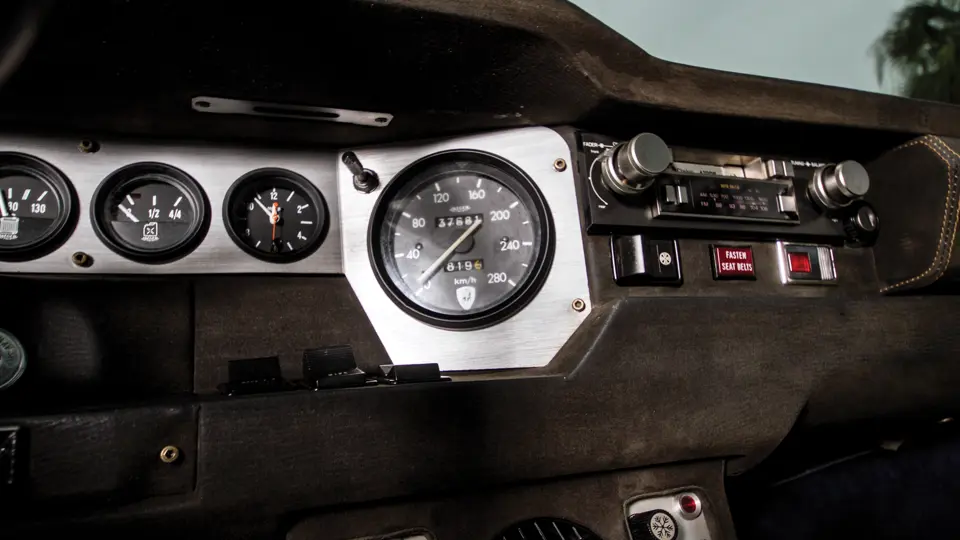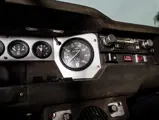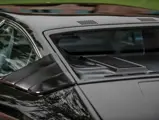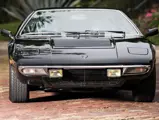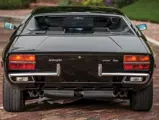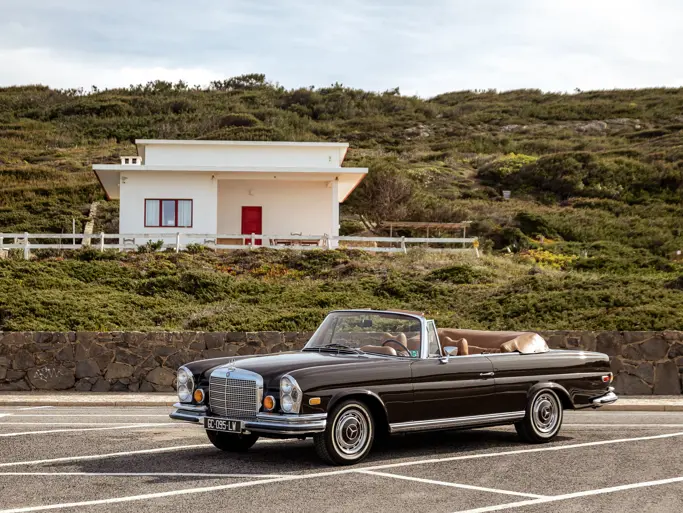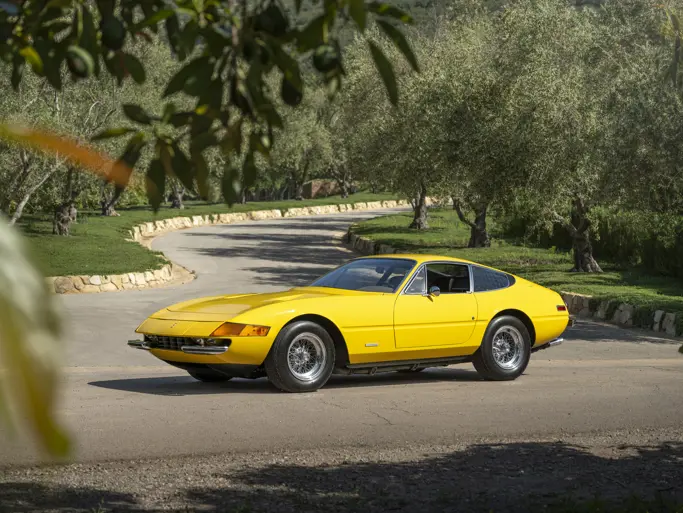265 bhp, 2,996 cc single overhead-cam V-8 engine, five-speed manual transmission, front and rear McPherson strut suspension with lower A-arms, coil springs, and anti-roll bar, and four-wheel disc brakes. Wheelbase: 96.5 in.
In the late 1960s, Ferruccio Lamborghini realized that his company required a competitive counterpoint to Porsche’s 911 and Ferrari’s Dino 246, and a less expensive alternative to the sensational Miura and the big Espada. Using a 2+2 configuration, offering rear seats that the rivals lacked, the car would also have a more powerful V-8 engine, as well as being designed by Marcello Gandini and shaped by Bertone. Bob Wallace, the mechanical genius who had helped tune other Lamborghini suspensions, had a hand in tweaking the four-wheel independent McPherson strut suspension, which helped contribute to the Urraco’s outstanding road-holding ability.
When the Urraco made its debut at the 1970 Turin Motor Show, it was one of the very few automobiles to have two cars displayed at its introduction, at two different stands; a white model posed at the Bertone booth, while a bright orange example was at the Lamborghini display. Both were well-received by the motoring press and public, and when the model was able to finally reach production three years later, it was built successfully for six years. As Ferruccio Lamborghini had intended, it was the car that introduced many enthusiasts to an experience that they had never before dreamed possible.
The Urraco offered here must certainly be one of the nicest examples available, and importantly, it is in the most desirable configuration, with the later P300 engine, which is the largest installed by the factory in this model. It also features svelte European-style chrome bumpers, which show off the Gardini and Bertone “flying wedge” at its best, and an elegant black finish over a two-tone blue interior. Quite simply, this car looks menacing in a way that few Urracos do. This example is particularly rare, as it is believed to be one of only six “French wing” examples. As such, it doesn’t have the louvers over the rear glass, giving it a very clean and sleek appearance.
Well-maintained and presented, it would be a superb choice to fill a gap in any Lamborghini collection, or to just enjoy a car that was entry-level in 1976 but feels like anything but. It is as exciting today as when it was new, whether being flung through the twisties or looking cool standing still.


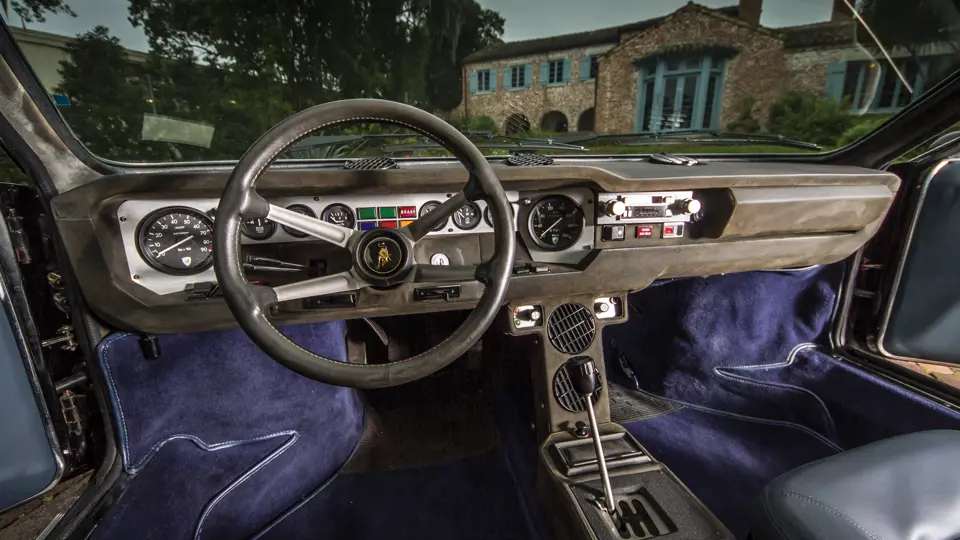


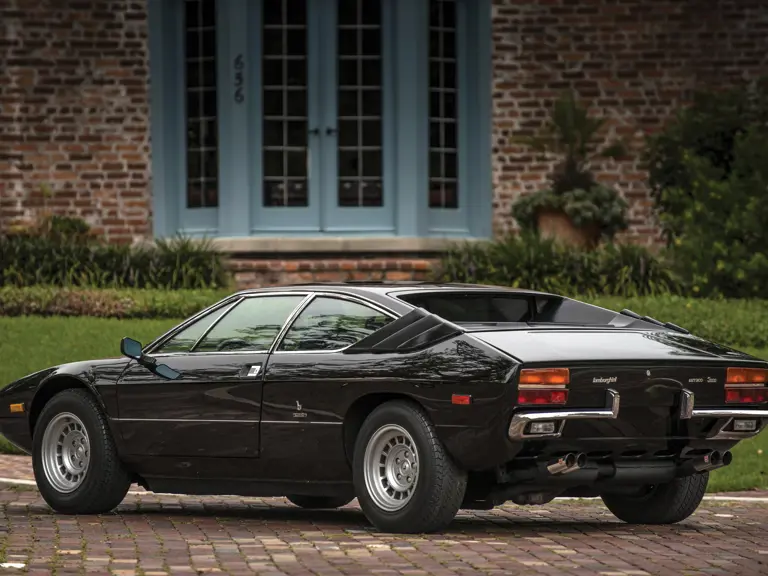

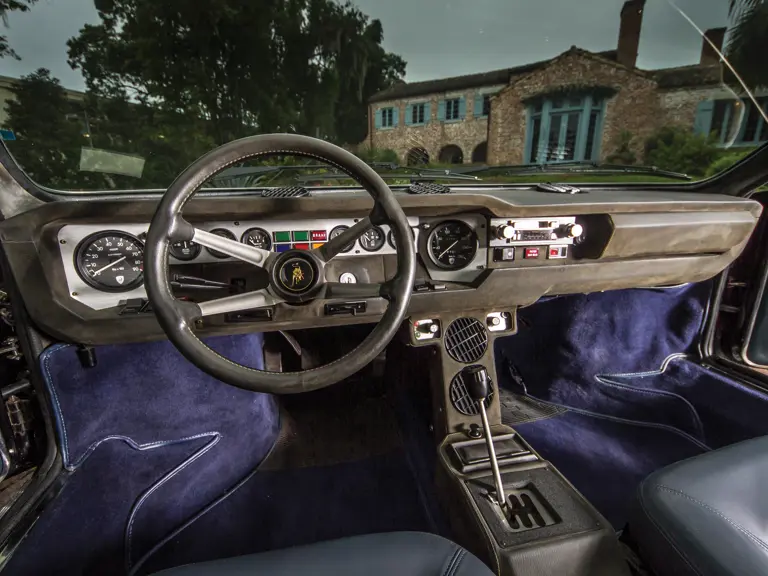
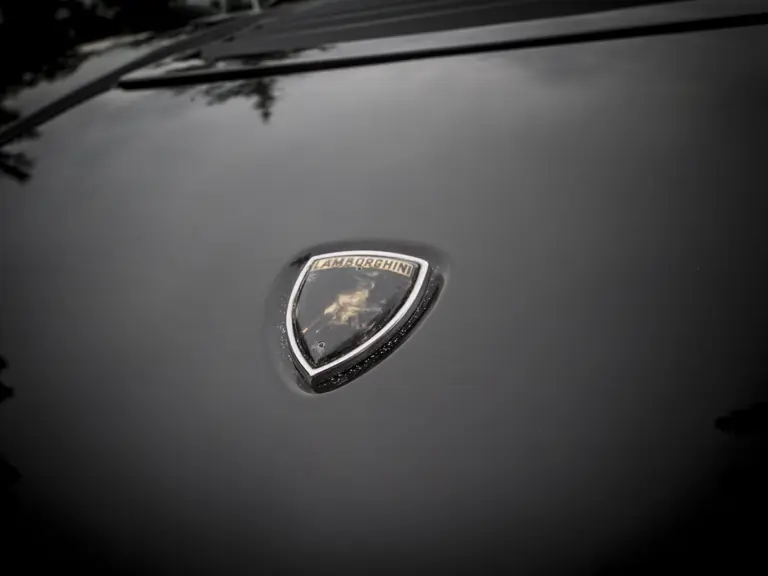
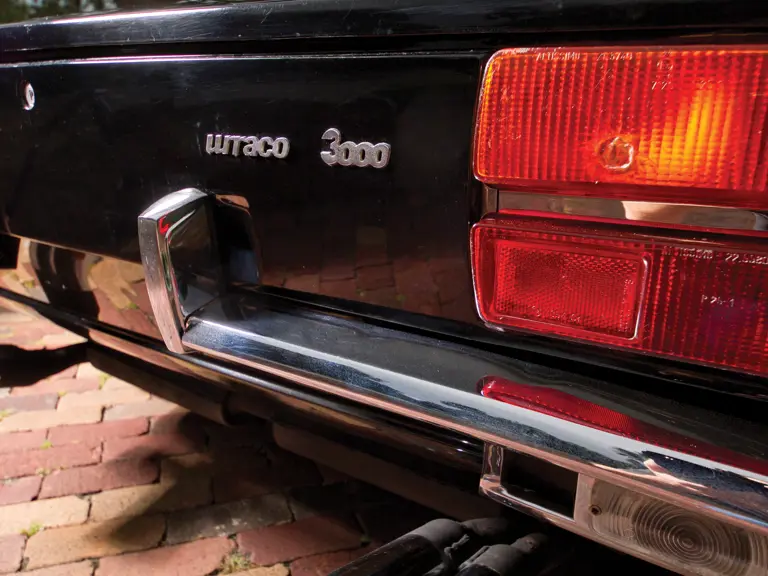

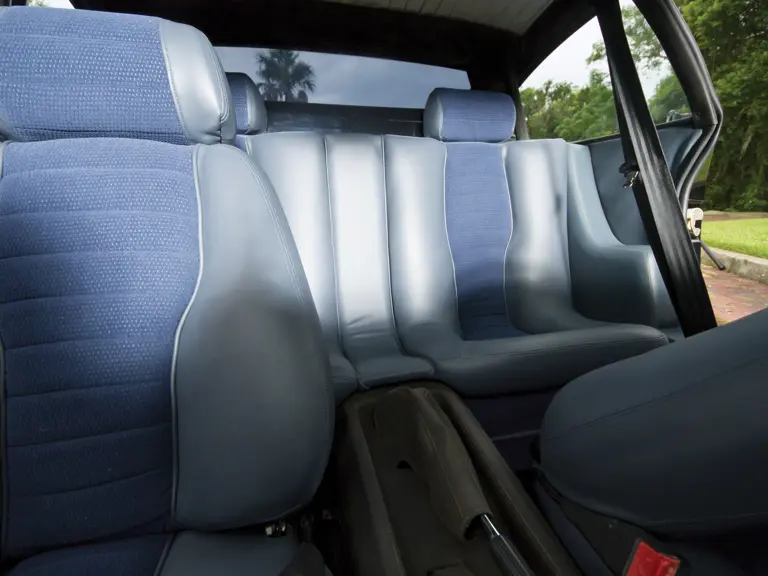
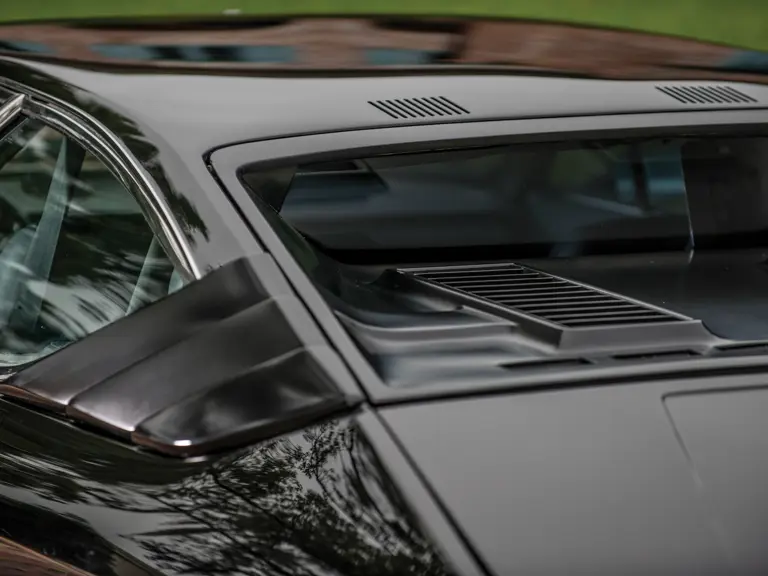
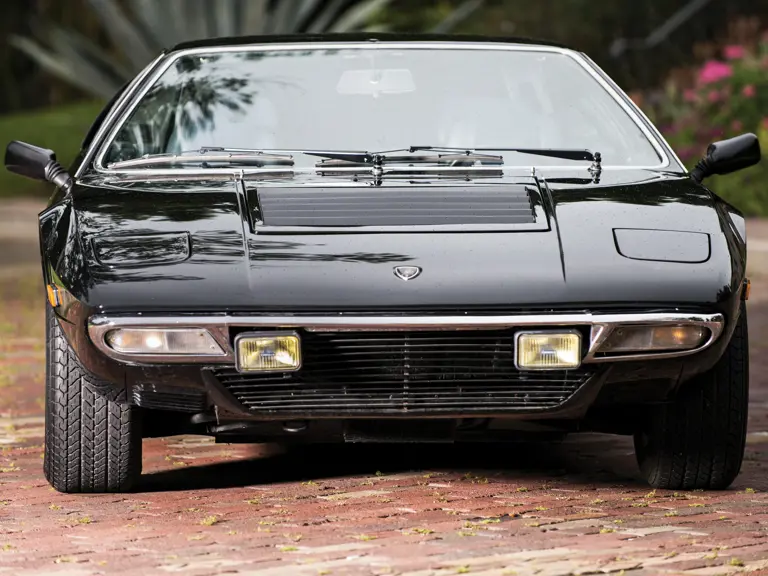
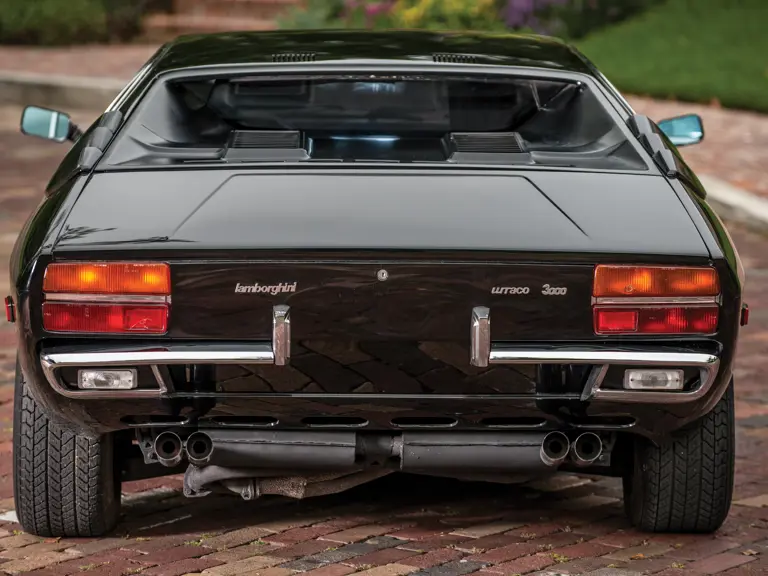
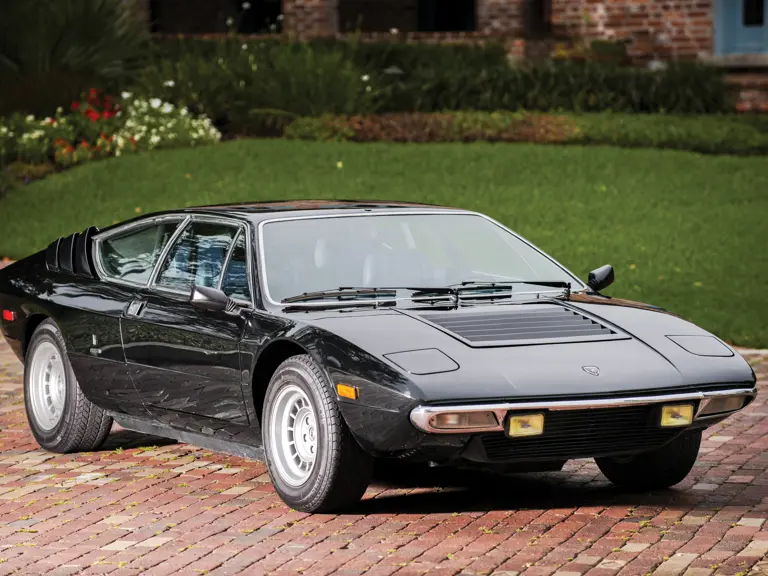
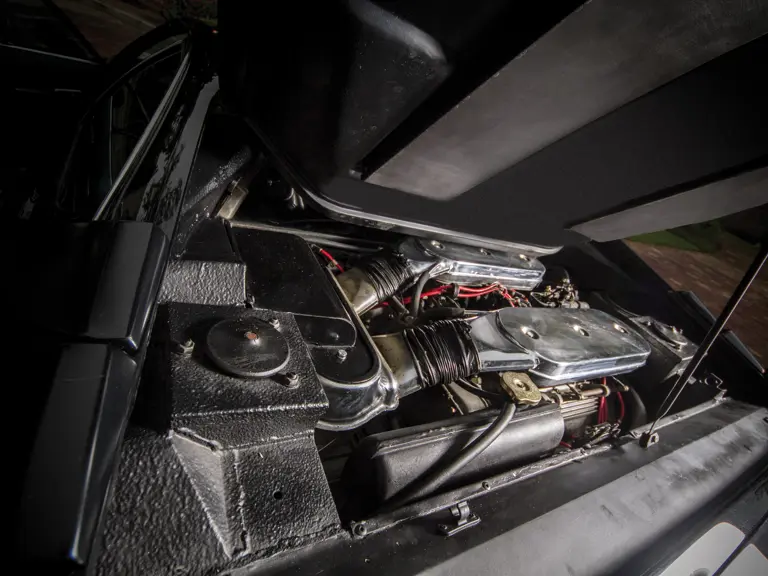
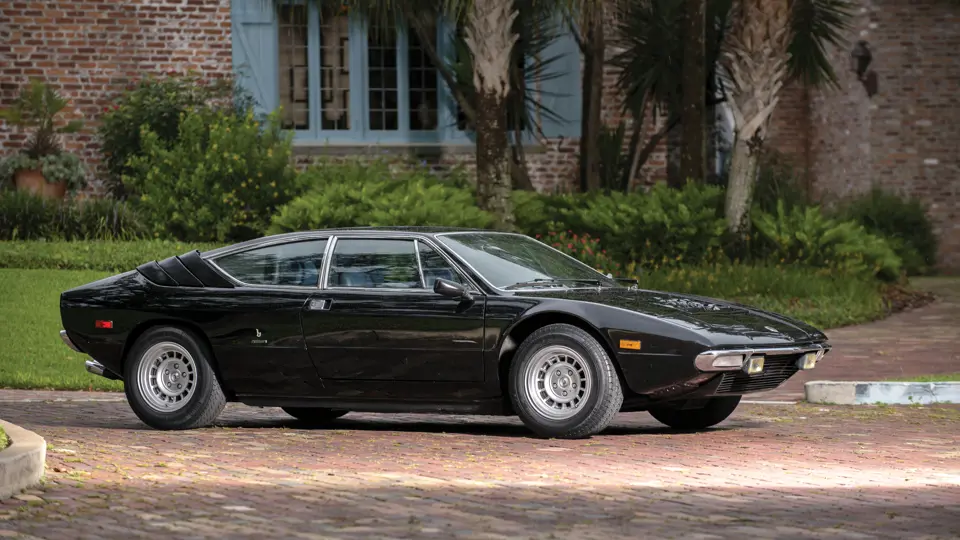
 | Monterey, California
| Monterey, California
